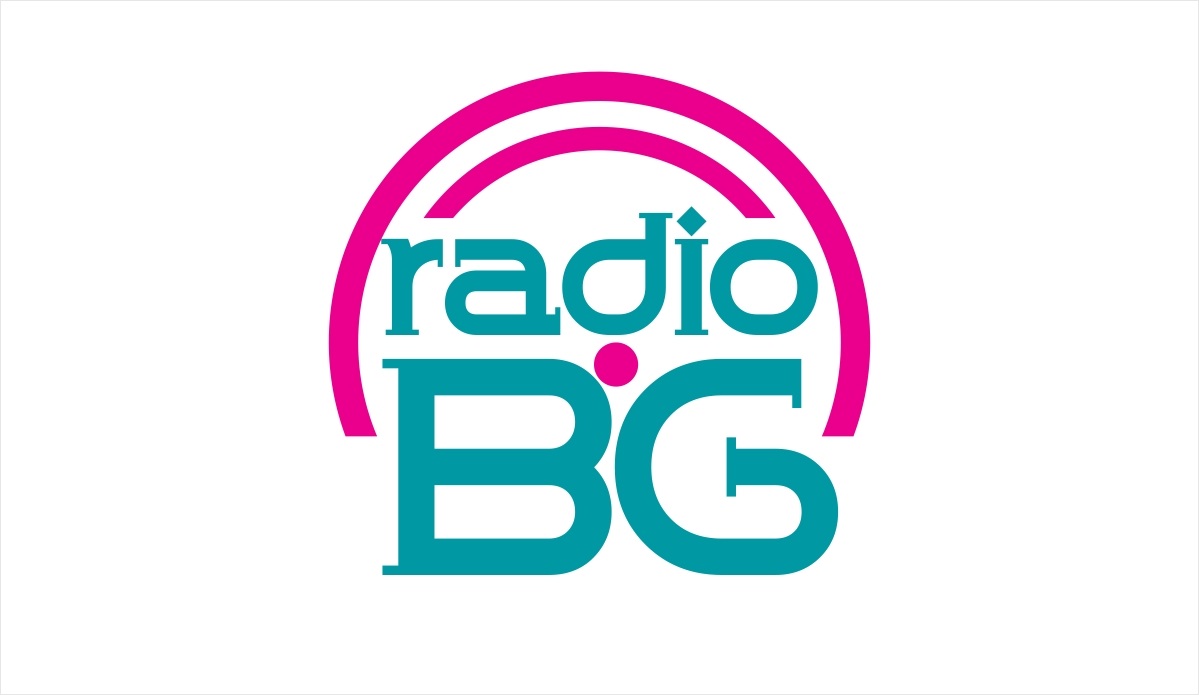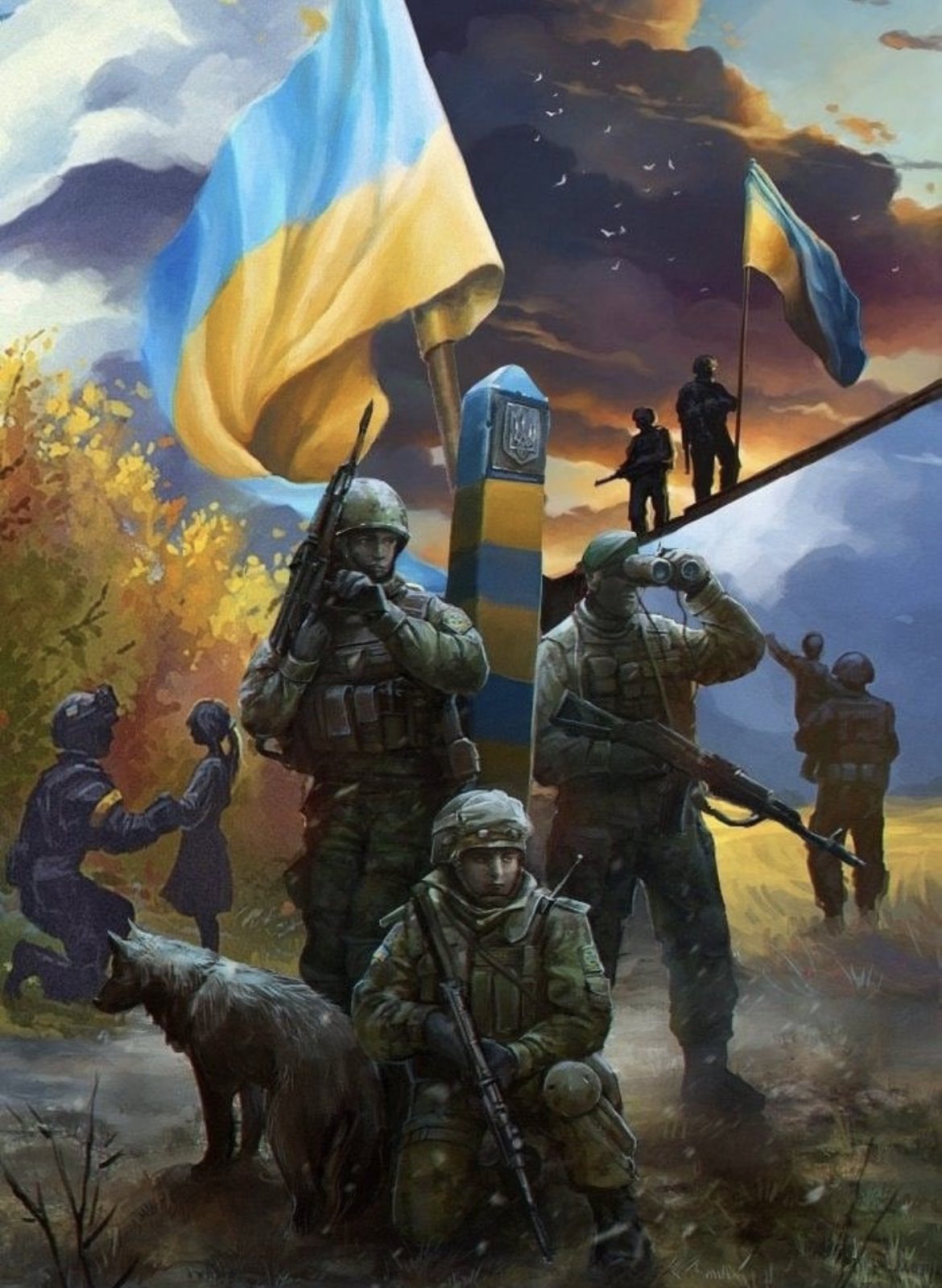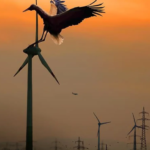
(opinion article)
Once I wrote an article and didn’t know what genre it was. I googled American genres and was thunderstruck. If in Ukrainian journalism there are only three genres (informational, analytical and artistic-publicistic), in US journalism there are dozens and dozens of them, an infinite (∞) number. Besides, there are names that have blown my mind, such as churnalism or gonzo journalism. What the hell is this? I decided to find out!
I’ll focus only on the most interesting genres, because I’m afraid that even among so many genres there’s no one that could contain this mass of information.
Ambush journalism. In a nutshell, this is another style of an interview. The main idea is to catch a ‘source unaware, usually in a public place, then acting rudely.’ If the source accidentally blabs something or suddenly refuses to answer a specific question, then such material can be sensational. It’s used primarily against politicians, judges, whistleblowers, bloggers and even journalists themselves. However, there’s a question of journalistic standards and elementary ethics. Not everyone shares this style, seeing it as ‘very ugly and… a flagrant abuse of media power…’
Gonzo journalism. It’s characterized by an expressive style, rough language and clear disregard for journalistic writing forms and customs. The author conveys subjective perception and sometimes uses a so-called author surrogate (a fictional character based on the author.) Gonzo journalism attempts to present multi-disciplinary perspective on a particular story, drawing from pop culture, philosophy and literature, etc.
New journalism. Sometimes it is called as literary journalism or non-fiction journalism. This genre originated in the 1960s and 1970s and received its name due to non-traditional literary techniques of the time. There’s conversational speech rather than quotes and statements, first-person point of view, recording everyday details and telling the story using scenes. At the same time, the author preserves factual accuracy and other elements of reporting. The author tries to get ‘inside the head’ of a character, asking the subject what they were thinking or how they felt. New journalism is typically used in feature writing or book-length reporting projects.
Churnalism. Well, there’s no greater insult to a journalist if he’s called a ‘churnalist.’ Churnalism is press releases, stories, and other materials provided by news agencies that are used to write real articles in newspapers and other media. 0% originality, 0% accuracy. Churnalism has become so widespread that many stories in the press are not original. The decline of original journalism has been associated with a corresponding rise in PR (public relations.)
Science journalism. Science journalists must turn very specific and technical information into high-quality reports that are understandable and interesting to consumers of news media. Besides, these journalists choose which developments in science merit news coverage, as well as cover disputes within the scientific community (of course, with a balance of fairness to both sides.). However, science journalism is often criticized for exaggerating the degree of dissent within the scientific community and for conveying speculation as fact.
As I mentioned above, there is an infinite number of genres in US journalism. There’s also celebrity or people journalism, investigative journalism, opinion journalism, sports journalism, advocacy journalism, citizen journalism, comics journalism, data journalism, drone journalism, video game journalism and many, many others.
It seems that Ukrainian journalism has room to grow. Of course, we don’t have to borrow everything, but learning a few tricks should be handy.


























































Залишити відповідь